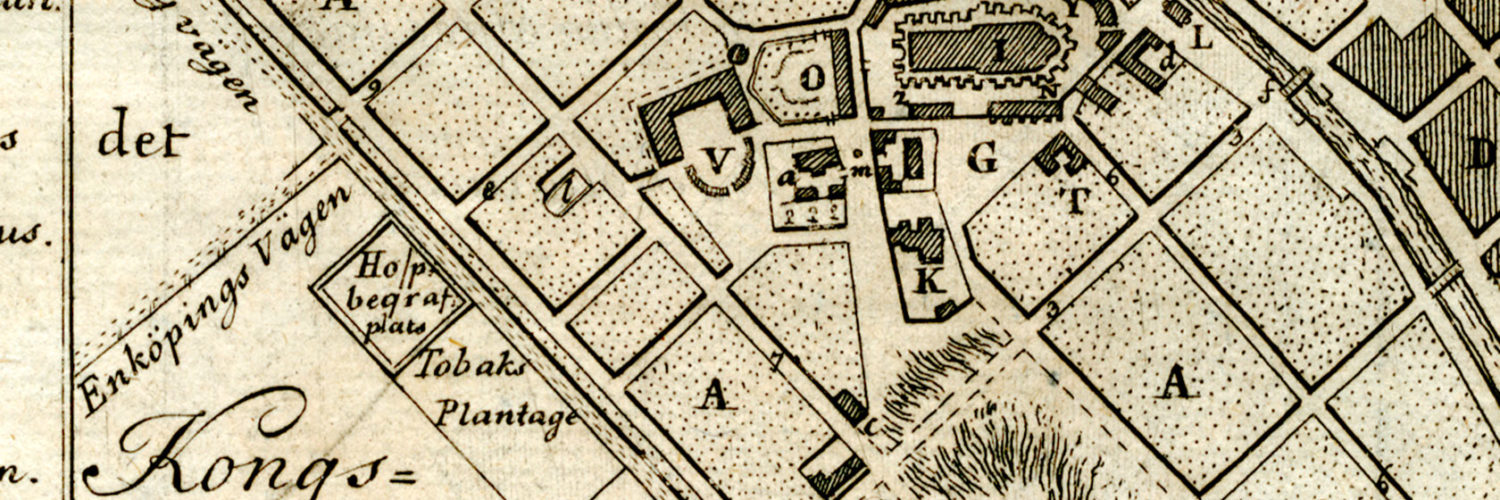History of the old cemetery
Dating back to the 17th century and with its deciduous trees and beautiful avenues, the Old Cemetery is centrally located in Uppsala.
A walk here gives an insight into the societies and social conditions of the past.
The cemetery covers about 18 hectares, with over 14,000 graves.
The older part
The cemetery was originally a cemetery for the poor located outside the city center. Along the present Cemetery Street there was a row of barns and cattle grazed among the graves.
Those who could afford it could put an iron fence around the grave to protect it from unwelcome visitors. Many of these fences still exist, now as ornaments.
The cemetery later became the general cemetery of the Cathedral parish and in 1794 it was decided that burials would cease in the city's churches and in the city itself.
This also applied to Holy Trinity, which was given a special section in the cemetery (next to the current English Park).
The newer part of the cemetery
The section was added around 1900 when land west of Villavägen was acquired, which became the basis for the so-called Ängskyrkogården.
The last extension took place in 1959.
These include the Chapel of Silence, the Memorial Grove and Estonia Square.
Chapels
The old burial chapel was built in 1882-1883 and designed by the architect Carl Axel Ekholm. It replaced an older chapel, which had been on approximately the same site.
The last burial took place in 1973.
The Chapel of Silence, located in the newer part of the cemetery, was built in 1961-1963 and designed by architect Gösta Wikfors.
The chapel can accommodate 90 people and is an open, bright chapel with soft colors that spread peace and tranquility.
The Tombs of the Nations
These are the graves of the student nations in the cemetery. The oldest date from the end of the 18th century. In the old days, there was no safety net for students and the nation often had to replace it. It was also expensive and difficult to transport a dead person to their home parish.
Many of those buried in the national graves are young students who died during their studies in Uppsala. But they may also be officials at the nation or others connected to it.
Estonian sites
The site was established to commemorate those who died in the sinking of the Estonia on September 28, 1994. Uppsala's municipal council and cultural committee decided that a memorial site should be established in the Old Cemetery.

